So the coronavirus has hit your town, your school closed, but you are still expected to teach your students who can’t come to school. These online Spanish activities will provide engaging lessons while your students are at home.
- If you want fully prepared 2 week online Spanish lessons, click on the button below. For tons of ideas and a free online lesson, keep reading.
1. YouTube Spanish Grammar Videos
Choose a video for the subject that you’re learning or let your students choose what they’d like to learn. Students take notes on the video and write sample sentences using the information they learn. Then they submit their notes and sentences online.
2. Hispanic Culture Videos with Question Guides
I spent weeks and weeks in the basement of the public library one summer finding 101 appropriate and interesting cultural videos for each of the 21 Spanish speaking countries. Took forever, but totally worth it! And the video clips come with questions on paper or as a Google Classroom version. Send students the link, assign a few videos a day, and voilà, your work is done.
Plus, we never spend enough time on culture anyway and that’s one of the most exciting parts of learning a language!
Grab these free video clips for Mexico and Spain in the Free Resource Library.
3. Create a Spanish Online Discussion
Set up a group text chat or other electronic chat where students speak only in Spanish. Tell them you expect them to participate a certain number of times a day. Give discussion prompts each day, based on what they have learned or are currently learning. Create a free chat group with Google Classroom or Marco Polo (video chat – would need to use cell phones for this, but I bet students would love the social interaction of video since they’ll be cooped up).
4. Assign a Spanish Book or Article to Read
Pick an interesting, yet simple book for students to read. For Spanish 4 and 5, I love “Cuentos con sazón“, a novel with several short stories from various Hispanic countries. Basically, the plot is a family reunion where each of the older relatives tells a story from their childhood involving authentic food, a cultural celebration, and a little mischief.
Since you won’t be able to physically get the books to your students, take photos of the pages and send them electronically. Create comprehension questions and vocab lists. Have them write vocab definitions of Spanish words in Spanish. That will certainly challenge them.
If you need more book ideas, check out the Spanish book lists in my Reading Library post.
5. Boom Cards
These Spanish self-correcting online activities are great for teaching your students not just verbs and vocabulary (AR verbs, weather, clothing, body parts) but also tricky concepts like gustar, reflexive verbs, or saber vs. conocer.
They include audio files, mini lessons, fill in the blank questions, etc. Just send the link to your students and your work is done. So simple! The best part is that students finally understand these tough grammar concepts after using them – perfect for review or for teaching the concepts from start to finish.
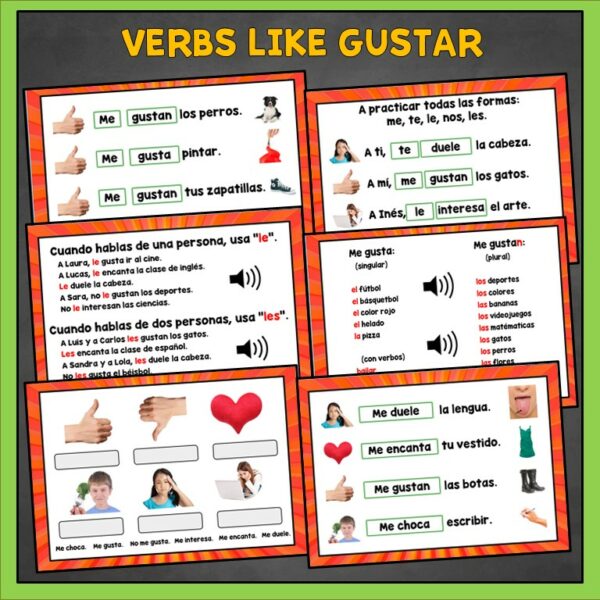
Haven’t used Boom before? Try out a set of free Spanish clothing flashcards, plus 20 other helpful lessons in the Free Resource Library.
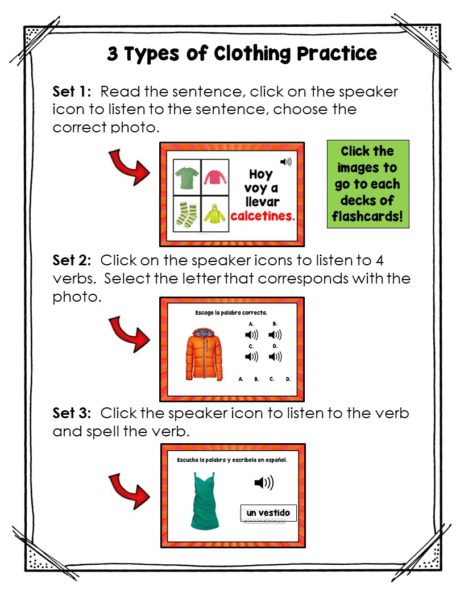
6. Do Your Final Exam Review Now
Since your school year will most likely be shorter, you’ll have less time to review for final exams. Have students create Spanish end of year review packets for the final exam based on what they’ve already learned.
How It Works:
* Divide students into groups of 3-4 and assign each group a unit from your textbook or a few topics to cover. They can work virtually via phone, email, and Google Hangouts to coordinate. They’ll type up a few review pages which include:
– a concise list of vocabulary from the chapter with definitions in English
– brief notes reviewing the grammar concepts
– notes about the culture from that unit
* The group prepares a review game of their choice that covers all the material from the unit. Either when you get back or at the end of the year, they’ll briefly reteach the grammar to the class and then lead the class in playing the review game. Correct the review materials and pass them out as study guides at the end of the year.
What You’ll Need to Do:
Create a grading rubric, correct the rough drafts of the study guides, correct the final copies with their corrections of the study guides, make copies for the class or send via Google Classroom, and grade their presentations. Your rubric might include: initial grammar, final grammar, grammar instruction (all in the target language, accuracy, class engagement), and review game (speaking all in the target language, creativity, preparation, grammar).
7. Write a Spanish Daily Journal
Ask students to write down what they do every day while they are out of school. This could also be a video journal or PowerPoint journal with photos. Give them key phrases or grammar points to help them write complex sentences.
Ex. To use the past tense, drop the AR and add é. Drop the ER, IR and add í. GAR = gué, CAR = qué, ZAR = cé
Demonstrate how to write complex sentences.
Ex. Instead of writing, “Jugué videojuegos”, write, “Esta mañana, jugué videojuegos con mi hermano, Paco, por dos horas.”
8. Learn New Vocabulary
Tell your students to learn 20 new vocab words that interest them. In Google Slides, they type the vocab word, use it in a complex sentence (at least 8 words), and find an image to represent the word.
Variation: Have students label 20 objects in their house and take photos of the object with the label to put into Google slides, accompanied by a complex sentence. Remind them not to use tape to place the piece of paper on the object, unless their parents have given them permission.
9. Research an Interesting Topic from the Hispanic World
Ask students to research a topic of their choosing in Spanish (or a theme that you choose for them: health, sports, international education). They find an article online relating to that topic and then write a summary of what they read and make a list of new vocab words.
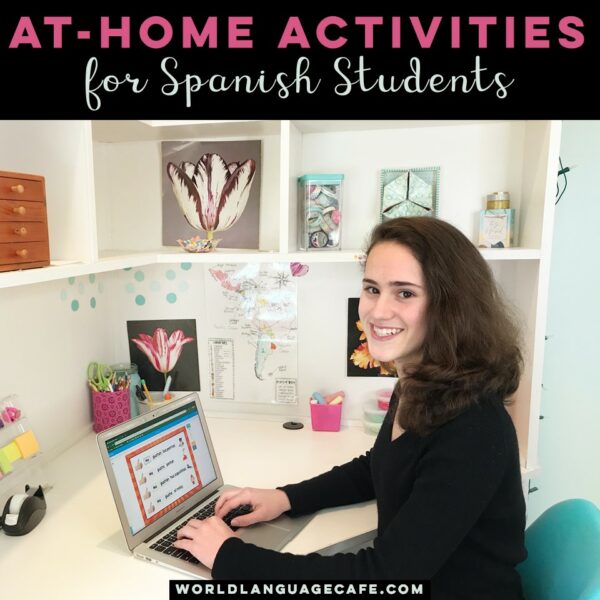
10. Teach a Family Member a Spanish Lesson
Students teach a family member or friend a lesson in Spanish. They must create an assessment (quiz, video, etc.) to show that this person has learned the lesson and get a signature.
11. Listen to a Spanish Song
Students select a YouTube song in Spanish that they like and make a mixed media collage to represent the song. Their collages should include a photo of the artist, key Spanish vocabulary words, and images that represent the song themes and vocab.
Hope these online Spanish activities for students at home help you with lesson plans during your next few weeks and more importantly, hope that you and your students stay healthy!
P.S. If you want fully prepped Spanish distance learning lesson plans, click the button below.

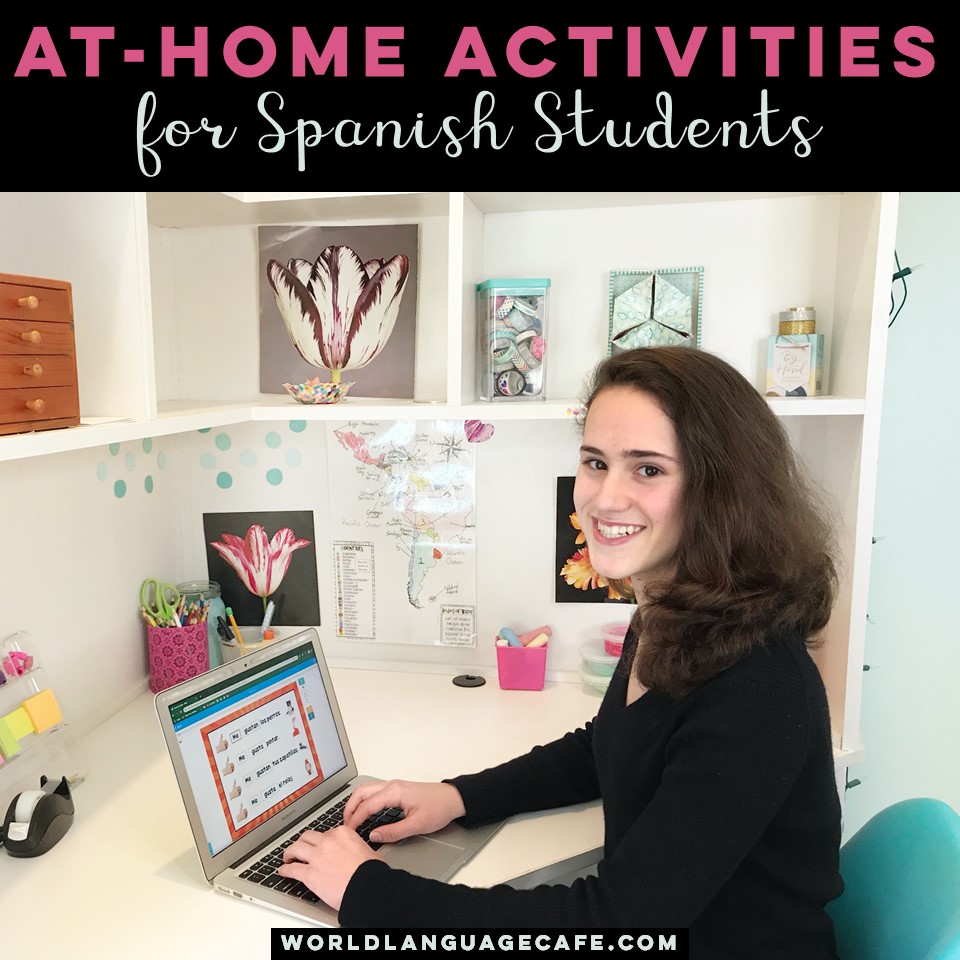


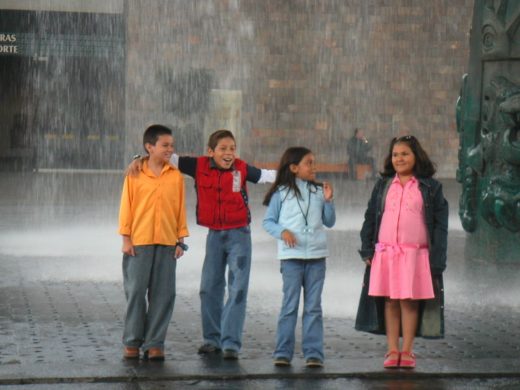
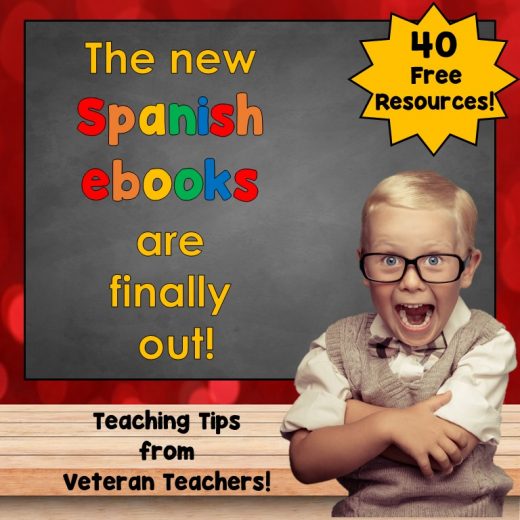
2 Comments
Michelle Briseno
March 12, 2020 at 10:21 amThank you so much for sharing these ideas. We have Spring Break next week and we are not sure what may happen after that. I appreciate your help and have shared this with my team.
Sherry Sebesta
March 15, 2020 at 9:27 amWe’re definitely in uncharted territory right now with all these school closings. Glad to hear you found these ideas helpful!